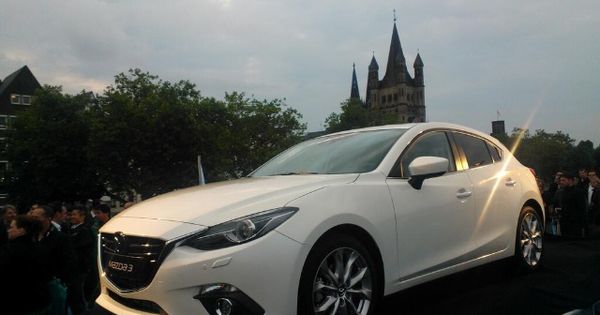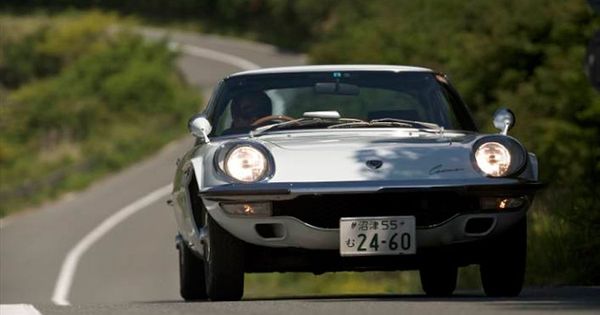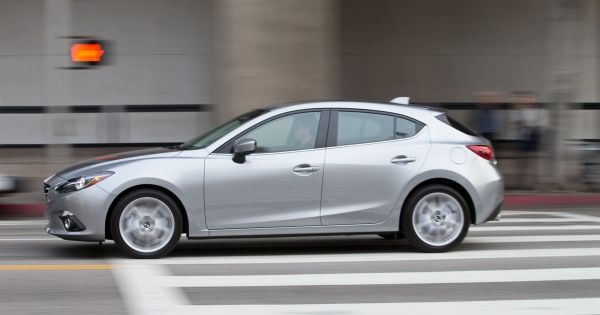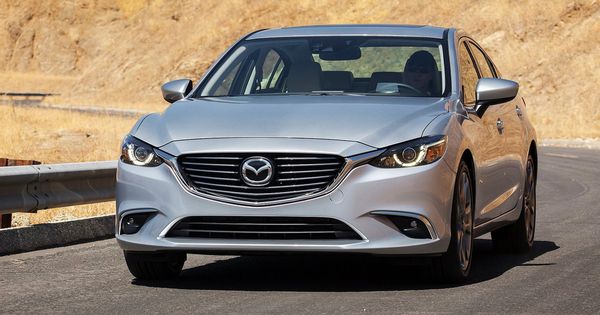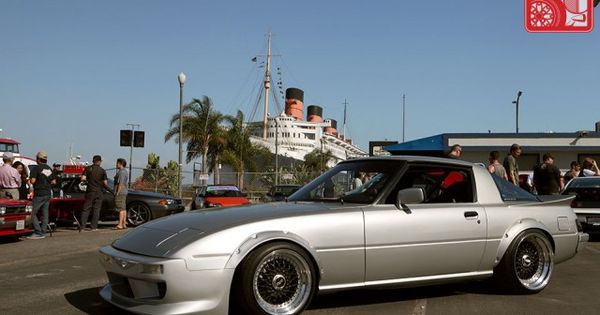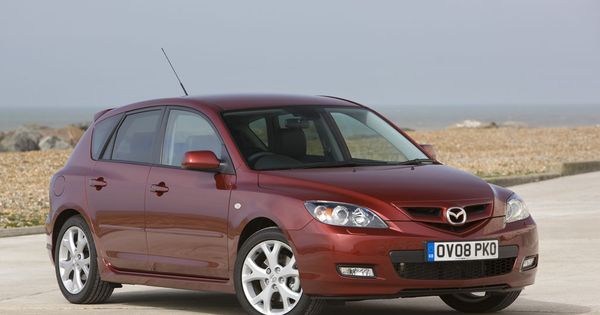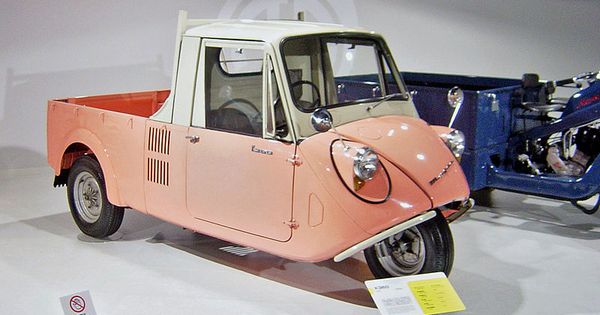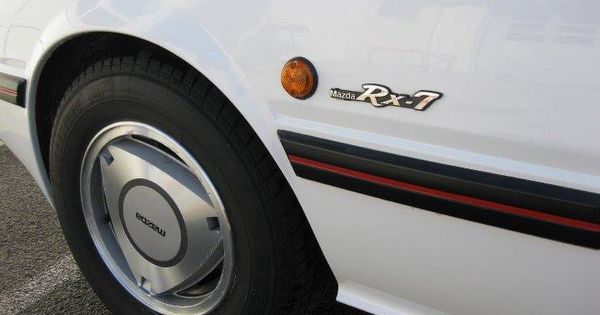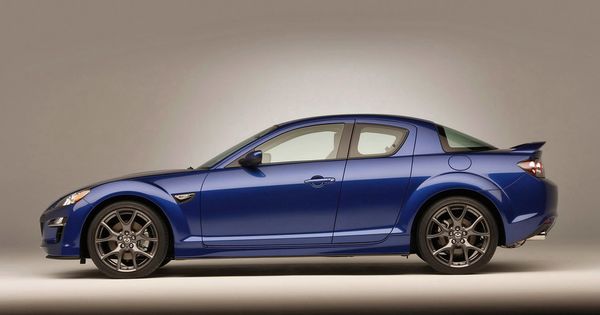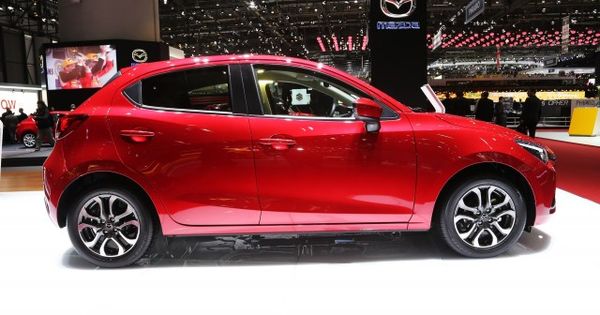Mazda
The company Mazda established by Jujiro Matsuda in 1920 was engaged in producing construction materials made of cork. Matsuda, born in 1875 was the twelfth son of fisherman in the prefecture of Hiroshima. He opened his own blacksmith shop but soon it stopped its activity because of losses. In ten years he opened blacksmith shop again and even received a patent for air pump but in a few years the company was closed.
After several attempts to start its own business Matsuda with a group of investors acquired company Abenaki located in Hiroshima and engaged in processing of cork. It was renamed as Toyo Cork Kogyo and in the following year Matsuda became its president. At the moment the company had no relation to cars and produced above-mentioned construction materials made of cork. This activity allowed to create a financial basis for further activity. After releasing a small initial batch of motorbikes in 1920 the company passed to producing machines in 1929. In 1930 one of the motorbikes produced by the company even became a race winner. In 1931 the company began to release cars in Japanese style � three-wheeled trucks with engine volume of 500 cubic centimeters. The word Mazda, name of Zoroastrian God of light was chosen as a trademark for identification of cars as sounding of this word was very close to Matsuda, founder of the company. Before the Second World War the company created several concepts of passenger cars but none of them was used for series production.
Fortunately, after the war and atomic explosion in Hiroshima less than half of plant Toyo Kogyo was destroyed and in 1950 the company started producing three-wheeled trucks with engine volume of 1157 cubic centimeters, compact fire engines and usual trucks. The company started manufacturing passenger cars in 1960 when well-being of Japanese improved. Besides, in 1960 a number of events which have played an important role in further history of Mazda happened. The company was visited by a representative of German company NSU who concluded a preliminary agreement on cooperation with Mazda related to development and production of rotary engines. In 1963 general quantity of released autos reached 1 million and the first rotary engine was presented in Tokyo.
In 1970s the company overcame the boundary of producing 5 million of cars and in 1973 export reached 1 million of models. In 1980 the model Mazda Familia became car of the year in Japan. At that time brand Mazda took firm positions on the world market. In 1990 such models as MPV, Eunos Cosmo (equipped with vehicle navigation system) and Autozam Revue appeared in Japan. MX5 was recognized as car of the year in New Zealand.
Nowadays Mazda refused from producing luxury cars and places a major focus on manufacturing cars of small and middle class. Mazda can be considered to be the global automaker � its assembly plants located in 21 countries allow the company to export its cars in 120 world`s states.
